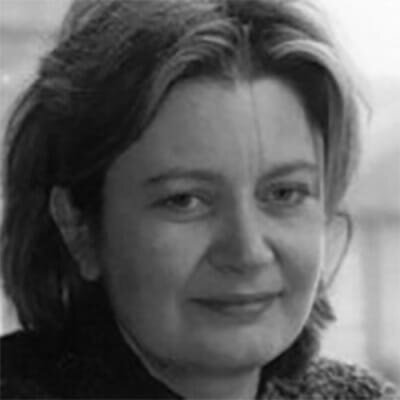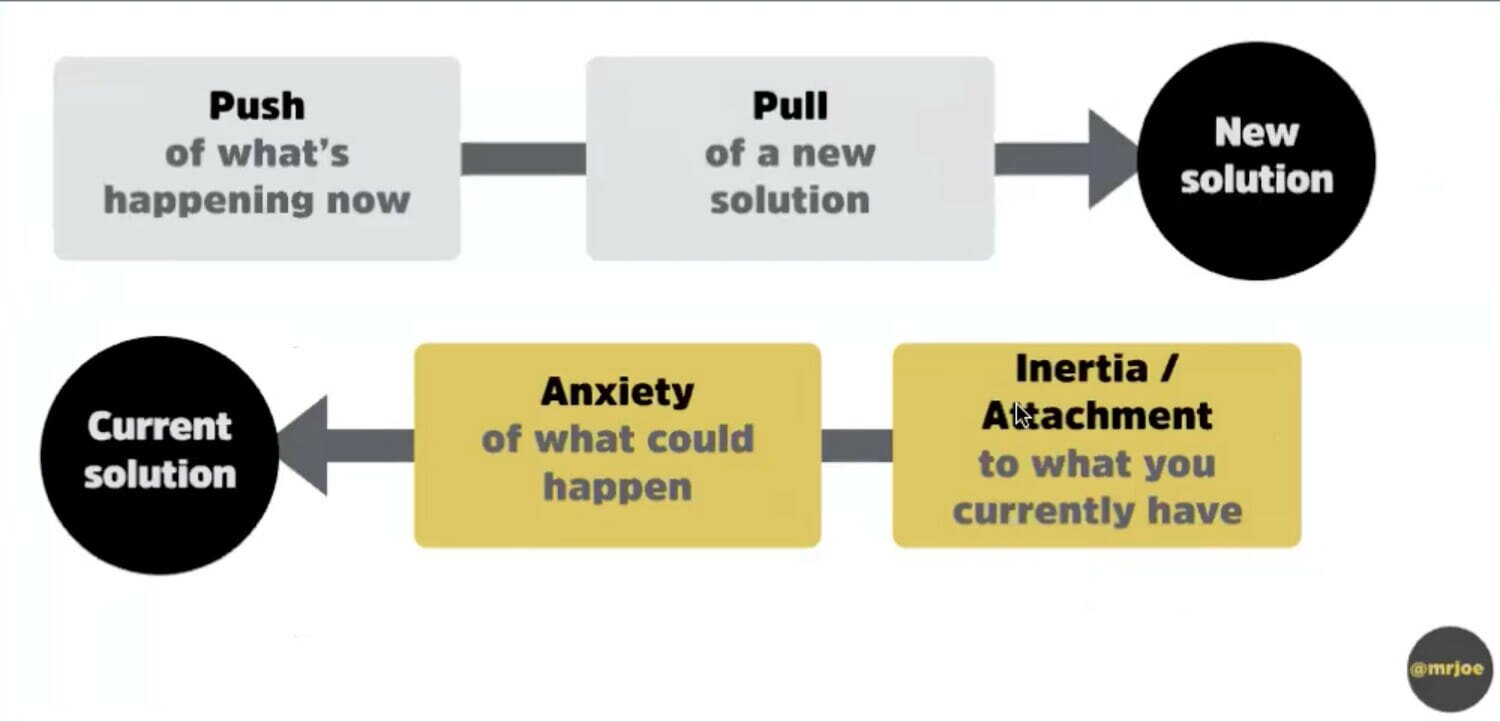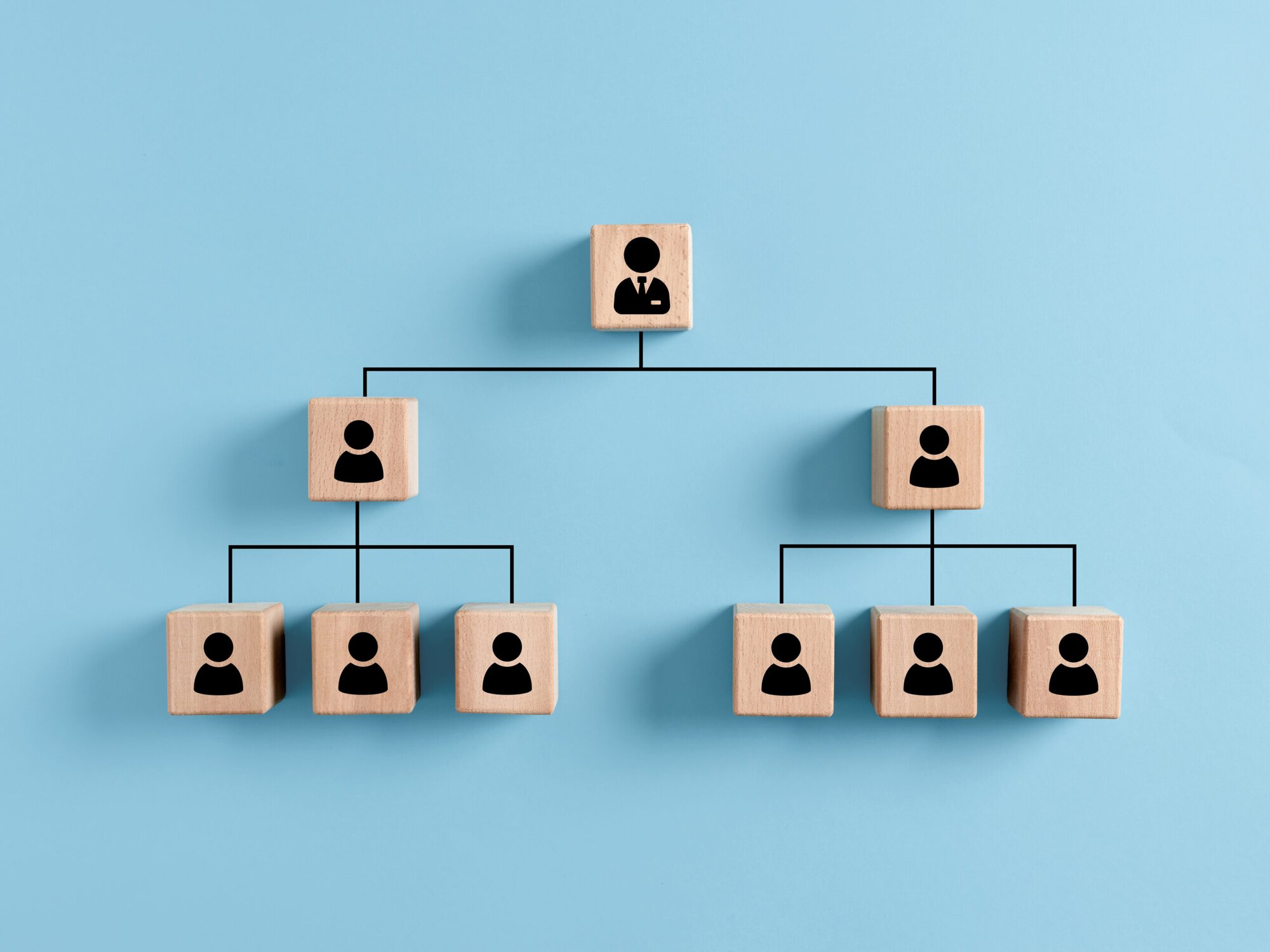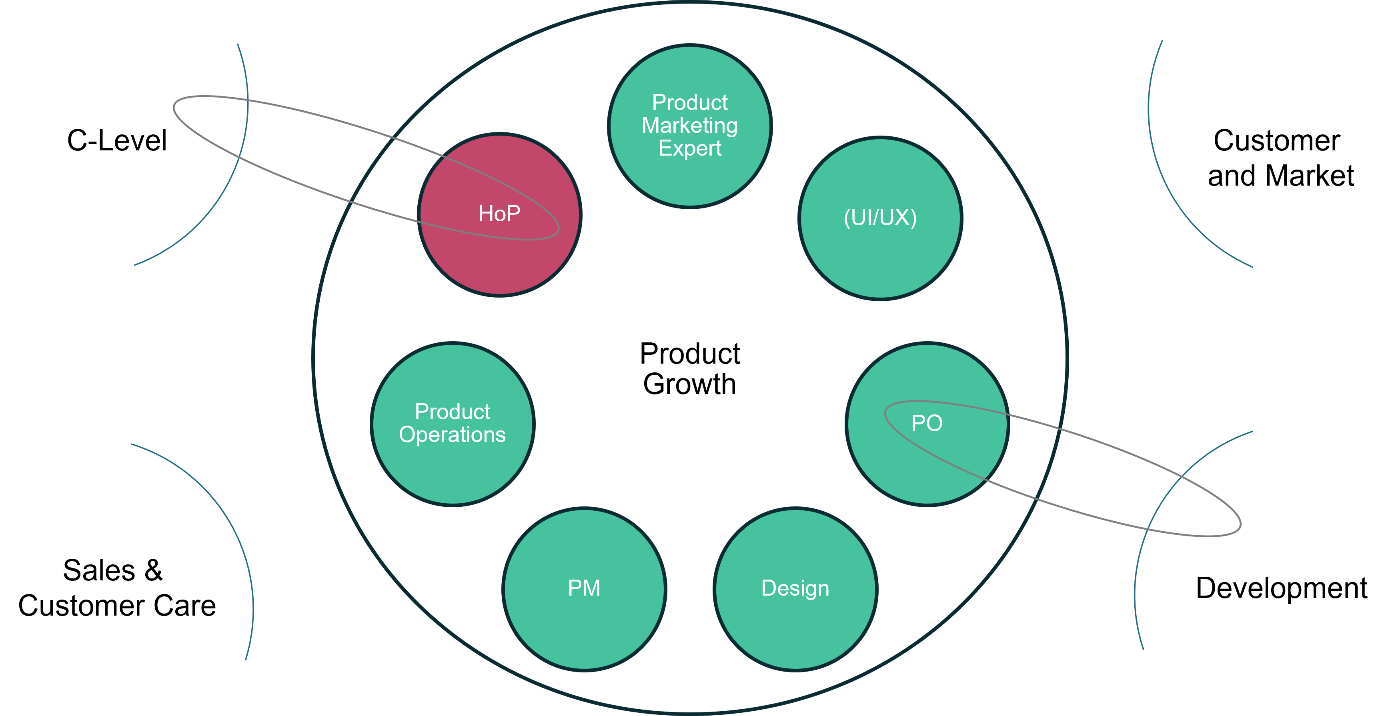In this talk from the Pendomonium #mtpcon roadshow in Berlin Javier Andres Bargas-Avila, UX Director at Google, presents a framework to make product development more user centric and understand user problems.
Javier starts with a question: did you ever ship your org chart? He explains the question with an anecdote from Google, when founder Larry Page tried to help a friend set up an Android phone to send a text message and he got upset by how complicated it was. He asked why and was told it was because so many teams were involved in the process that Google was essentially “shipping its org chart”. When organisations communicate in a certain way the risk of shipping the org chart is significant, Javier says.
User centred design
This risk is combated with user centred design, but how do you transition teams to become more user centred? This was the challenge that Google had, Javier says.
He then explains that critical user journeys (Javier calls them CUJs) are a significant factor in helping product teams to become more user centred and helps product development.
Critical user journeys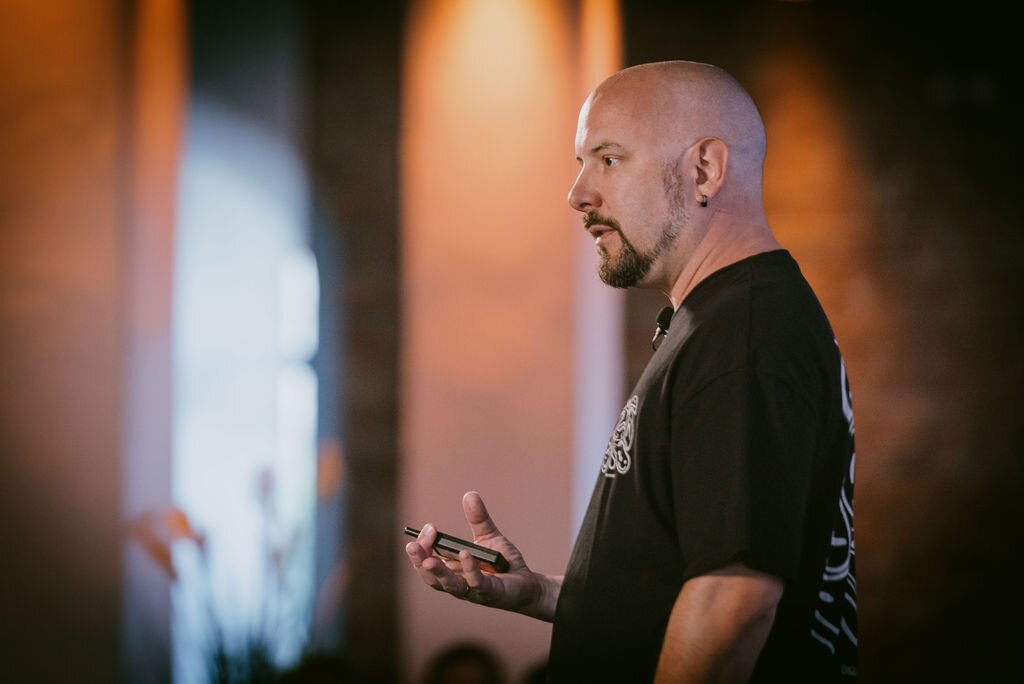
A critical user journey at Google has three components – a user, who has a goal, and tasks they need to complete to achieve the goal.
User: You should frame them from a user’s perspective rather than your own, for example “As a small business owner I want to connect with my customers.”
Goal: Every journey starts with a deeper need in the mind of the user. The goal is this deeper need. It should enable the team to think about different solutions. He gives some examples of these deeper needs from Google products: I want to share memories with family and friends (Photos), I want customers to understand my business (Maps), and I want my kids to watch appropriate content (YouTube).
Tasks: These are “the how”, Javier says, the specific steps the user takes to achieve a goal, and they should be as feature-agnostic as possible. The task examples from the Google products above would be: send photos to family and friends, upload pictures of business and products, review what my children have watched.
Google has found that a good number of CUJs for a product is between five and seven, and more than that is unhelpful, he says. He then runs through the steps involved, using a fictional music streaming app as an example.
- Define your most important five to seven goals for your product
- Map goals to tasks. Find what needs to be done to achieve that goal.
Useful and usable
Once this is done you can start to understand users, because the main goal is to change product development to look at users more regularly. Ask “what does excellence look like?”. It means users find value in your product, that it’s usable and doesn’t require a lot of user effort. Google measures satisfaction with specific user journeys, calling it CUJ happiness. The company also measures CUJ task success to understand CUJ health through using logs and benchmarks.
We tend only to measure product completion rates, says Javier, but user actions are more complex than this. We need to understand all actions between the start and the end of a task and measure task health. Then you have a view of the most important journeys and their problems.
Use CUJ data to take action
“By measuring CUJs we start quantifying user behaviour and satisfaction. We can look at it regularly and start integrating it into product development,” says Javier.
He then runs through some ways to use CUJ data to take action. These include: prioritisation, PRDs, structuring user feedback, understanding launch readiness, and bug fixing.
CUJs are a shared responsibility and not just part of UX, he emphasises. They’re meant to change the way you develop products and the way you look at users and can only be successful if all the disciplines use them to change the process.
